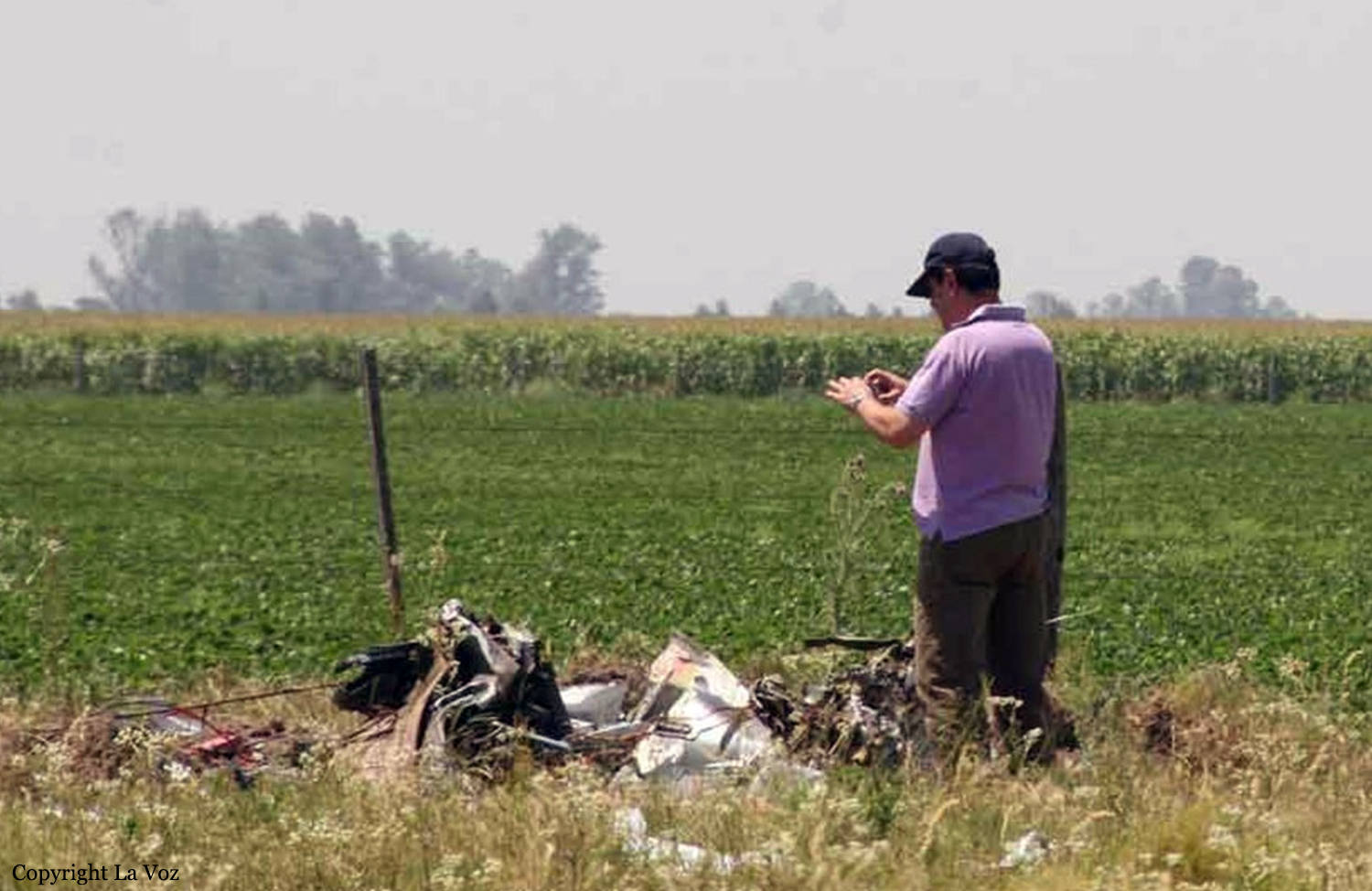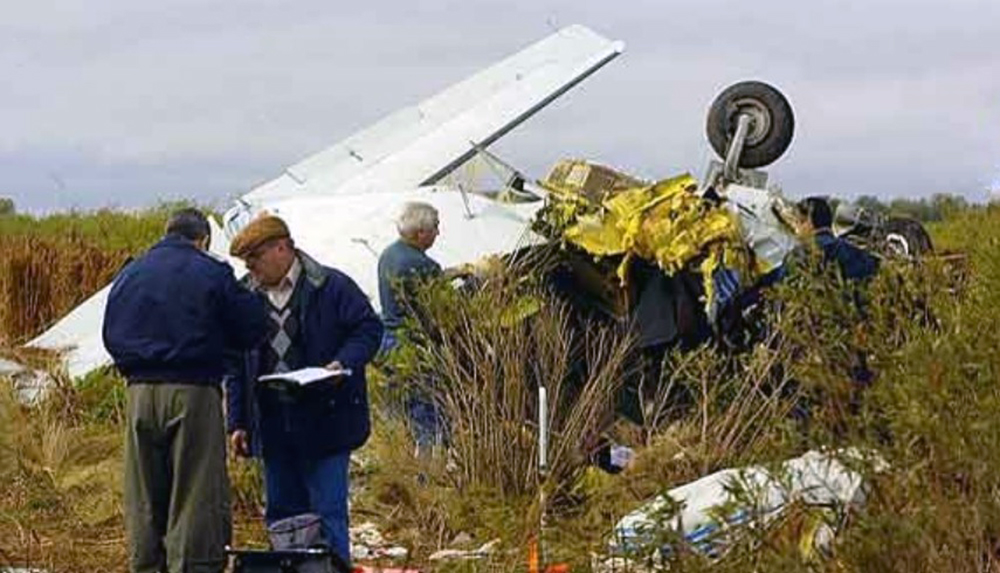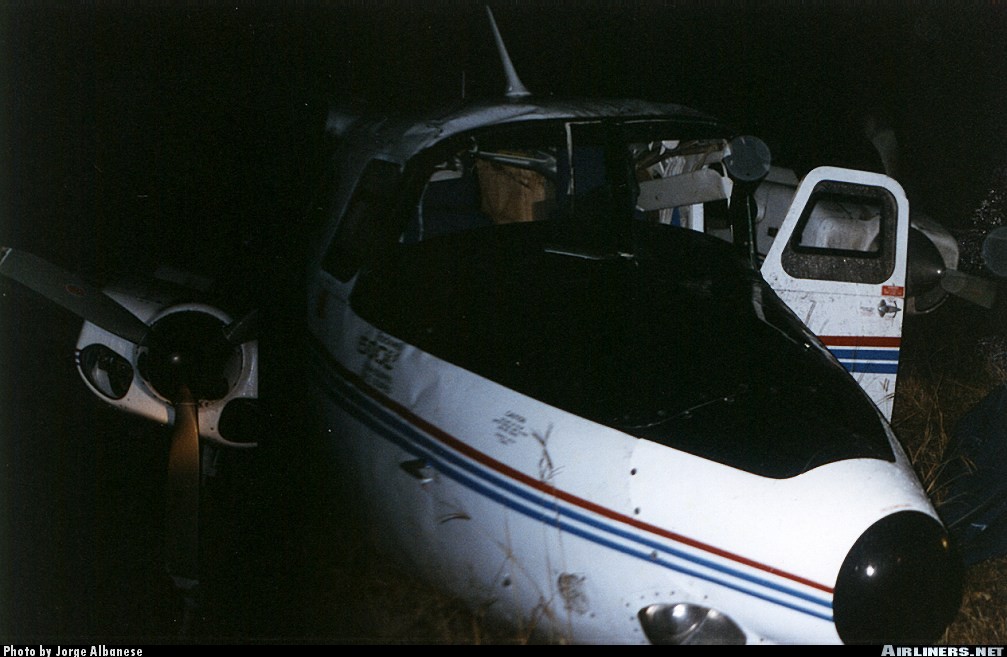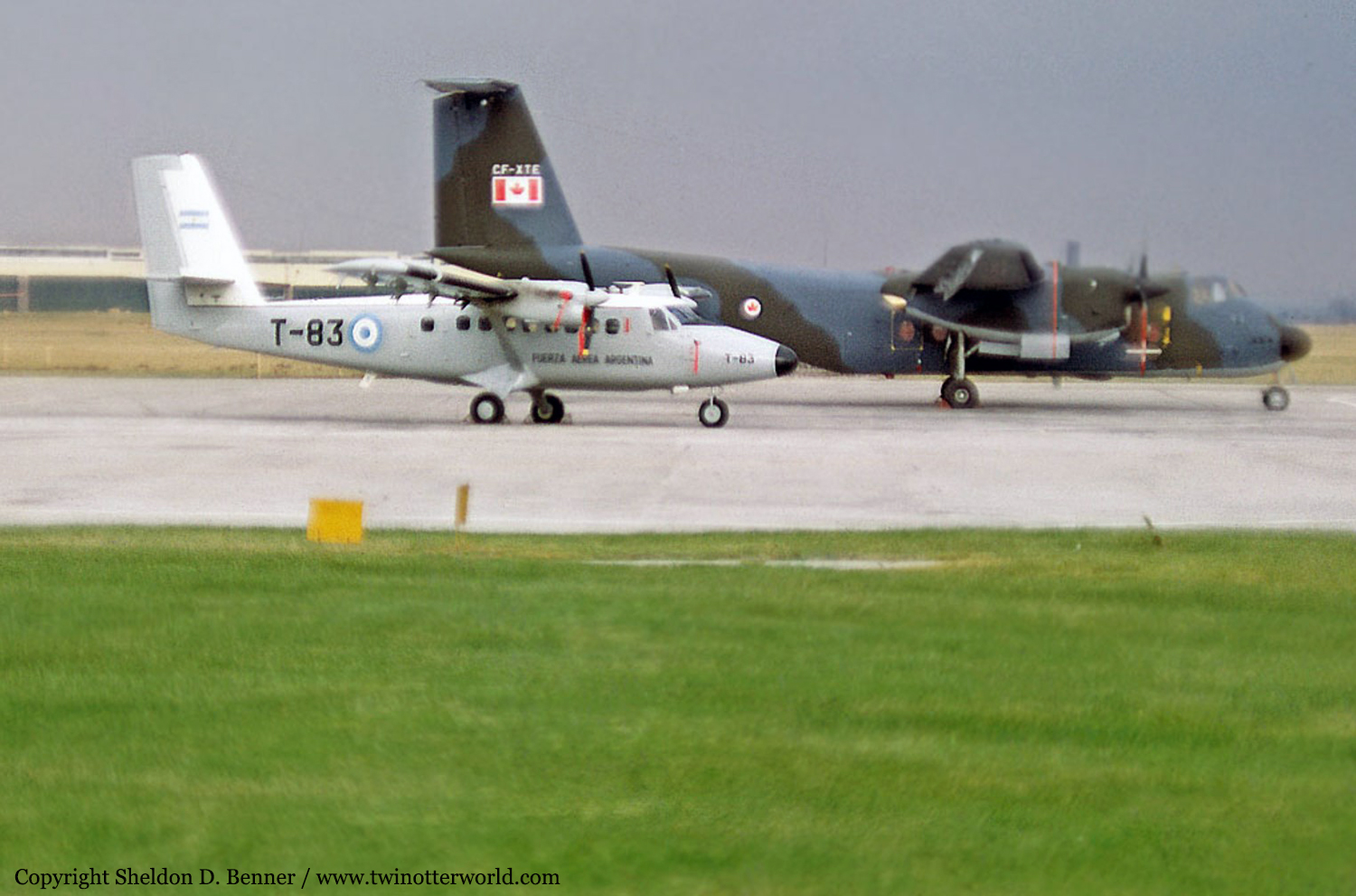Crash of a Piper PA-61 Aerostar (Ted Smith 601) in Las Varillas: 2 killed
Date & Time:
Dec 20, 2011 at 2300 LT
Registration:
LV-WES
Survivors:
No
Schedule:
Rosario – Córdoba
MSN:
61-0480-127
YOM:
1978
Crew on board:
2
Crew fatalities:
Pax on board:
0
Pax fatalities:
Other fatalities:
Total fatalities:
2
Captain / Total hours on type:
15.00
Copilot / Total hours on type:
1000
Aircraft flight hours:
4594
Circumstances:
The twin engine aircraft departed Rosario-Islas Malvinas Airport at 2215LT on a return trip to Córdoba, carrying two pilots. Bound to the northwest at an altitude of 8,000 feet, the crew was cleared to descend to 6,000 feet few minutes after takeoff. At 2242LT, the crew reported his position over Ubrel. Twenty minutes later, at 2300LT, while cruising in poor weather conditions, the aircraft entered an uncontrolled descent and crashed in an open field located 6 km from Las Varillas. The wreckage was found the following morning. The aircraft was totally destroyed and both occupants were killed.
Probable cause:
Loss of control while in cruising altitude after the aircraft was flying in the vicinity of a multicell with convective activity, due to the combination of the following factors:
• Incorrect appreciation of the evolution of the meteorological conditions en route,
• Inadequate flight planning,
• Self-induced complacency,
• Inadequate risk assessment for meteorological hazards.
• Incorrect appreciation of the evolution of the meteorological conditions en route,
• Inadequate flight planning,
• Self-induced complacency,
• Inadequate risk assessment for meteorological hazards.
Final Report:






















